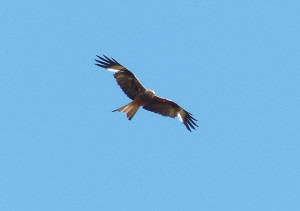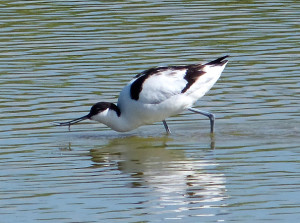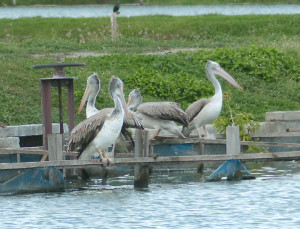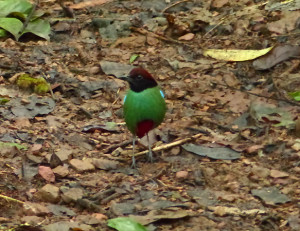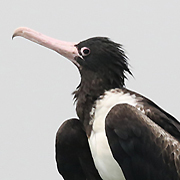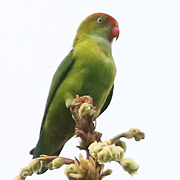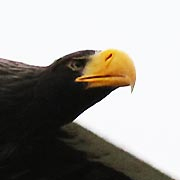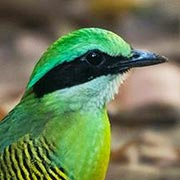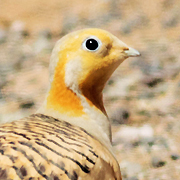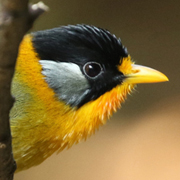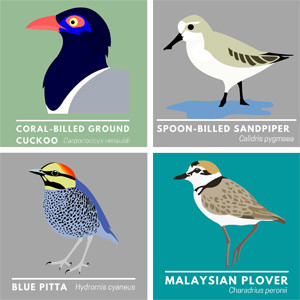Yellowhammer is a bird that should be common in the farmland close to where I come from in Northwest Kent. There is a mixture of arable and pasture with plenty of hedgerows which should supply this species with a suitable habitat, but I can walk a long way without hearing its distinct call. Around 25 years ago Yellowhammers were fairly abundant in this area where there was suitable habitat, which seemed to be anywhere where arable and pasture were side-by-side and there were a few bushes to act as song posts, but like so many farmland birds there seems to have been a huge decline in Yellowhammers in this area.
However there is one area, locally, where there is still a healthy population of Yellowhammers and a few mornings ago I made a quick visit to Castle Farm near Lullingstone along the Darent Valley where suddenly Yellowhammers become fairly common and it did not take long before I found my first one. Read more »


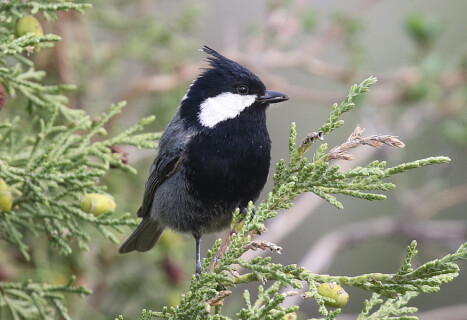
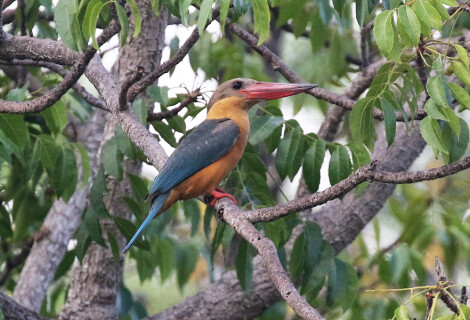


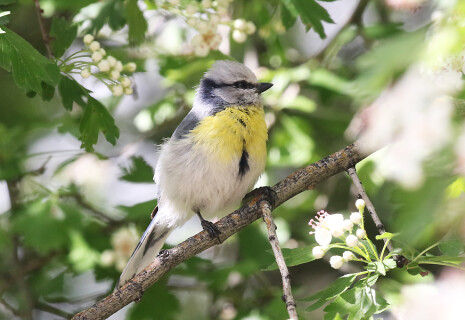
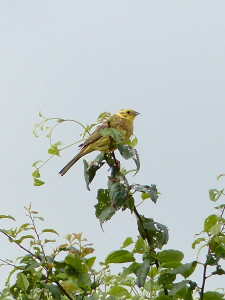
 July 27th, 2015
July 27th, 2015  Nick
Nick 